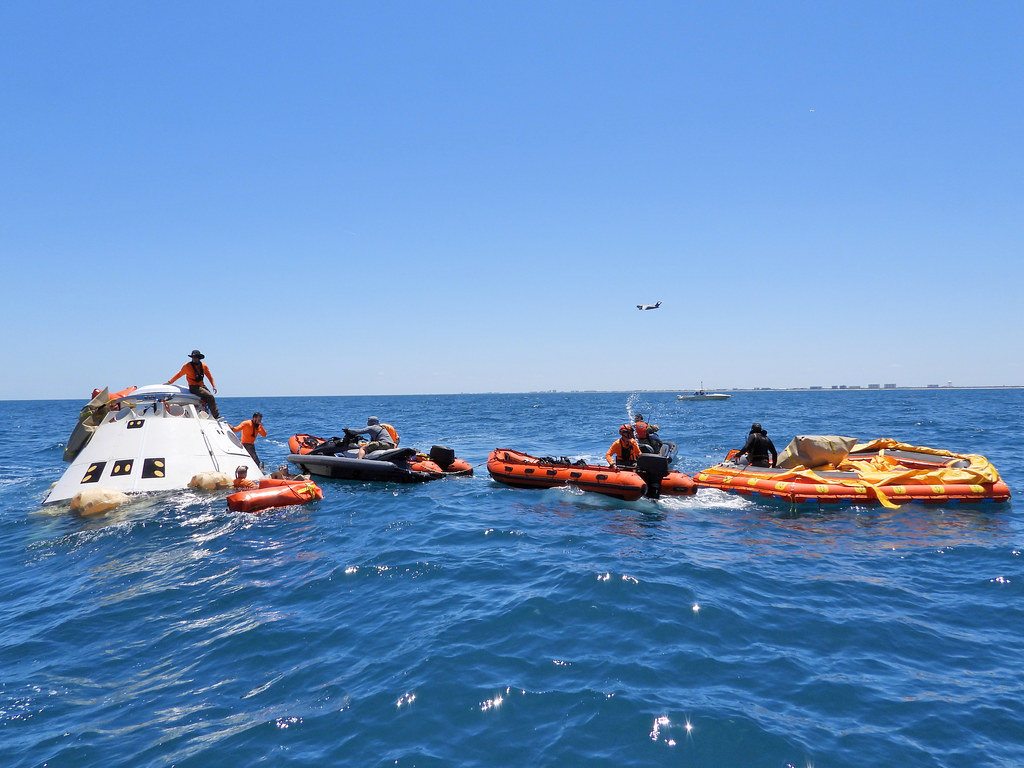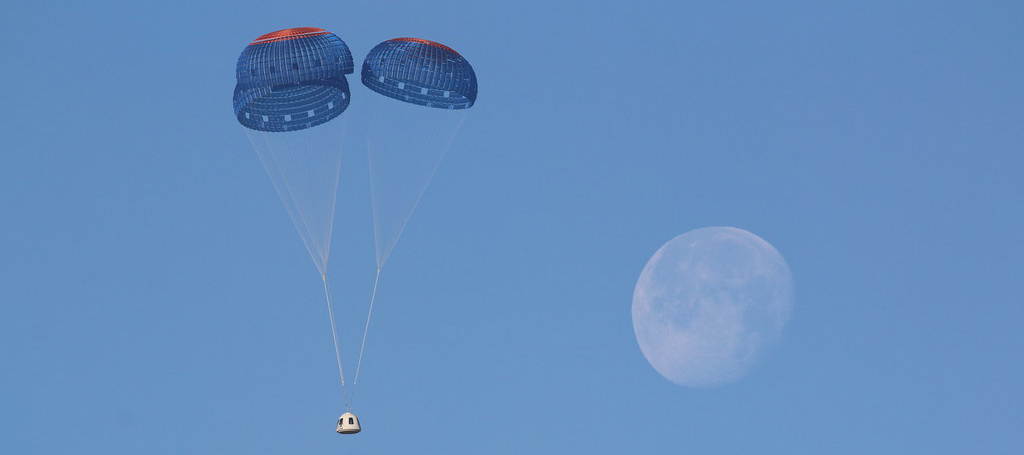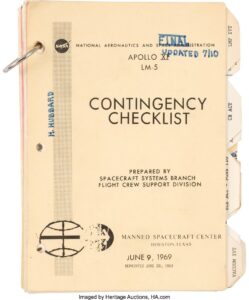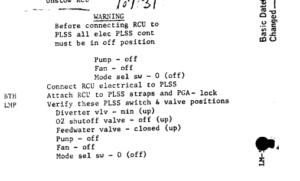


Space Risk and Rescue
What does safety look like for space tourism?
When you think of safe activities, space tourism probably does not come up in those conversations.
It is a widely known fact that spaceflight is a high risk and dangerous activity. You can’t exactly call up the AAA and get a tow if something goes wrong in flight or on the launch pad (accidents and catastrophes happened on more than one occasion). Emergency landings without standard airplane wings are not of much help on earth’s atmosphere. Rockets are extraordinarily complex transport vehicles with tons of fuel and oxidizer, literally, which require a more thorough and rigorous approach to safety. That’s why the development of safety protocols, pre-flight checklists, and elaborate launch escape systems are such an important part of pushing space tourism further.
There are safety protocols in practically every industry and every job.
“Safety First” posters proliferate the walls of most businesses, especially in the manufacturing and transportation sectors. In aviation, the pre-flight checklist is said to have been coined and introduced by Boeing managers and engineers after a B-17 failed flight that killed both test pilots. After reviewing crash data, it was concluded that a simple gust lock was engaged prior to lift off, causing the crash. Life magazine published the lengthy and detailed checklist in the 1942 August issue, bringing safety and protocols to the public’s eye.
In the space sector, the FAA requires licenses and certificates for companies who send rockets and space vehicles to space.
Part of the requirements states that the operators must have safety management systems in place such as: safety policy, safety risk management, safety assurance, and safety promotion.
Here is an example of the contingency checklist used on the Apollo 11 lunar mission:
Nothing can be left to chance or human memory.
The importance and strict adherence to every step being checked is a matter of life or death. Human error cannot be tolerated and must be minimized as much as possible and, as such, pre-flight checklists and safety protocols must be performed at every step of the mission. In fact, these lists and steps are so crucial that astronauts use a checklist attached to the sleeve of the space suit. The ground crew meticulously follow safety protocols and procedures to minimize any chance of failure.
With promises of suborbital and orbital space tourism becoming commonplace in the immediate future, safety and system protocols become a major concern. It’s interesting how different companies deal with safety and how their goals dictate the design of the spacecraft.
Blue Origin places emphasis on the ultimate human experience of weightlessness and the views of our planet in their suborbital spaceflight.
According to Angelica deLuccia Morrissey, from the Blue Origin communications team, New Shepard Capsule has redundant safety systems to support off-nominal conditions like oxygen masks and fire suppression in case of an emergency. This allows the passengers to experience a world view in comfort and ultimate freedom. The cabin is a shirt-sleeve environment and pressurized, allowing for a total immersive experience in full comfort. Blue Origin received their license to fly humans by the FAA on July 12, 2021 which was a thorough process working with the FAA for over two years. Gaining official status as a commercial astronaut requires you to reach heights of 100km above sea level; flying that high typically requires a pressurized space suit. It’s impressive, to say the least, how the company managed to keep the passengers safe while allowing the lack of a spacesuit for their suborbital space flights to afford them that ultimate space experience.
Yet even when all safety checks and systems have been conducted, what if something goes wrong?
Aborting the mission is always the last resort but, when faced with a catastrophe, how do you get the astronauts to safety? Launch Escape Systems (LES) have been created for this exact scenario.
There are two types of common LES which are widely used within aeronautics and space:
-
Ejection seats similar to those used in an aircraft in case of an emergency, where the entire seat with the pilot is ejected from the vehicle by means of a small rocket or an explosive charge and brought back down to safety with automatic parachutes.
-
Solid fuel rocket, which ejects the entire space capsule with the crew inside. Since rockets enter higher altitudes where potentially there is no air or not enough air for parachute – only safety systems, in the Launch Escape Systems, the crew is in a capsule that can be separated from the launch vehicle, typically powered by solid or liquid fuel rockets.
Most current spacecraft use both systems to achieve the highest safety measures. Blue Origin’s New Shepard has a crew escape system that pushes the crew capsule away from the booster in an unlikely event of any issues detected. This safety protocol has been tested on the launch pad, mid-flight, and in the vacuum of space. For added safety and redundancy, the New Shepard uses a retro-thrust system that expels a pillow of air in the bottom of the capsule. The capsule can land with two of its three parachutes out, as well as having seats that flex and absorb g-forces.

SpaceX’s Dragon uses a combination of thrusters and parachutes for safety as well.
It is equipped with 16 Draco engines to orient and adjust the spacecraft, as well as two drogue parachutes and four main parachutes to decelerate and stabilize the spacecraft upon reentry. Since the Dragon is currently tasked with getting astronauts to the ISS and traveling higher than space tourism missions, the astronauts must wear a spacesuit. Each suit is custom made for the astronaut; however, they are not designed for space walks, but as back up during launches and landings to protect astronauts in case of fire or depressurization about the spacecraft. SpaceX could not be reached for any comments.
Virgin Galactic was the first commercial space company to take private astronauts to the edge of space, with plans for regular space tourism service slated for 2023. The company could not be reached for details or comments about their safety systems aboard the VSS Unity or previous testing of their safety systems.

In rare instances of international cooperation, space endeavors have the power to bring a much-divided world together.
As most nations agree that space transcends national borders and belongs to everyone and that space exploration in non-military use benefits humanity as a whole, the world nations came together to create the Rescue Agreement between nations stating that, in case of an emergency involving a spacecraft or astronauts, that country would do everything in its power to bring vehicle and astronauts to safety, no matter the country of citizenship nor flag. From space, we all look the same… human.
Everyone wants to explore, everyone wants to survive.
Sergei Panov
Founder “Space Agency”






